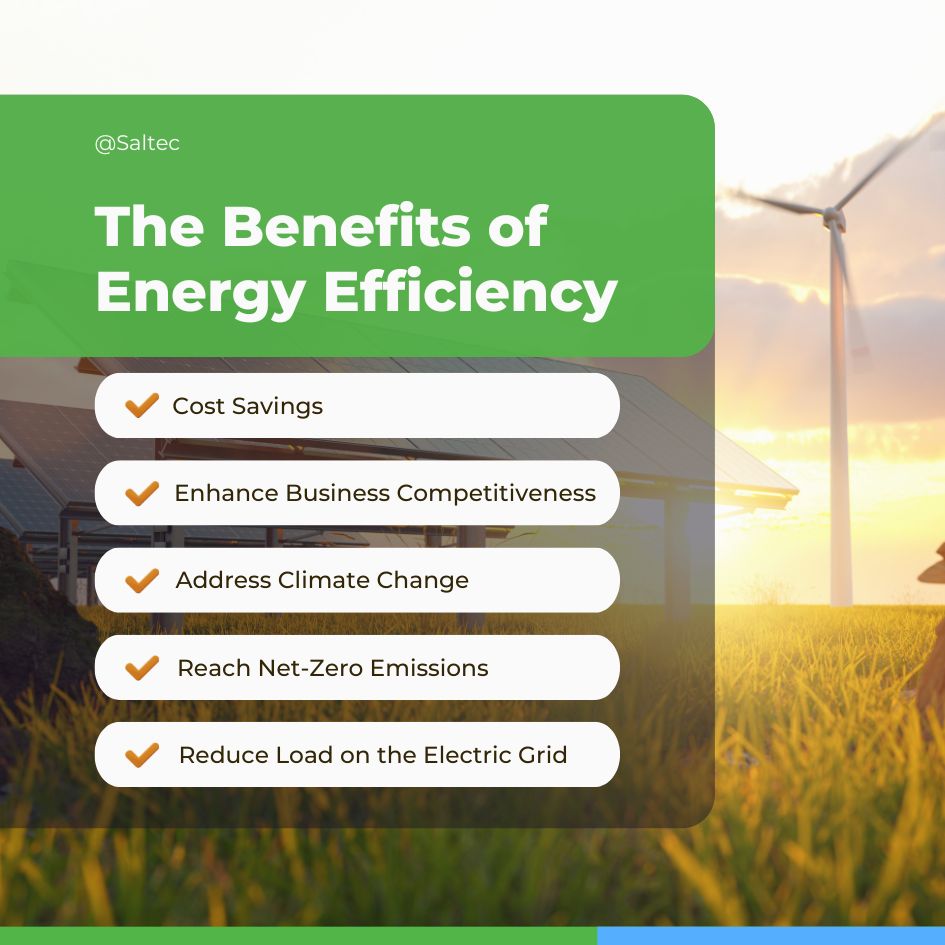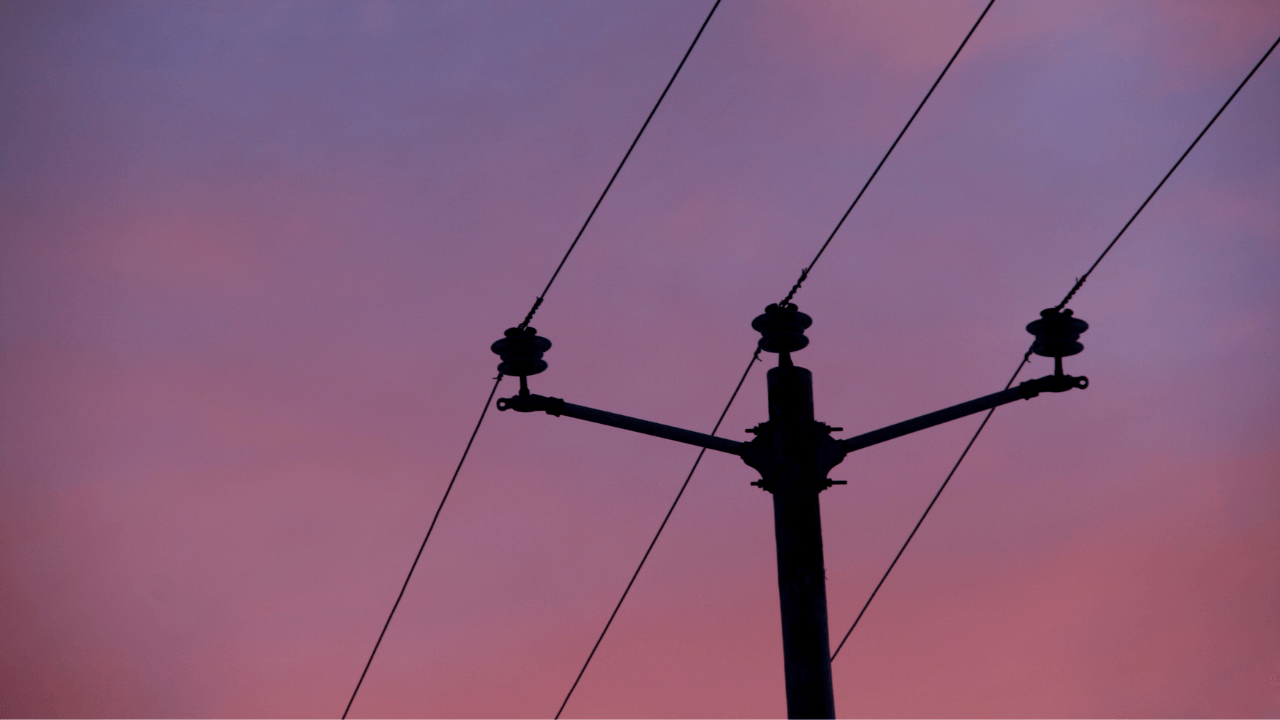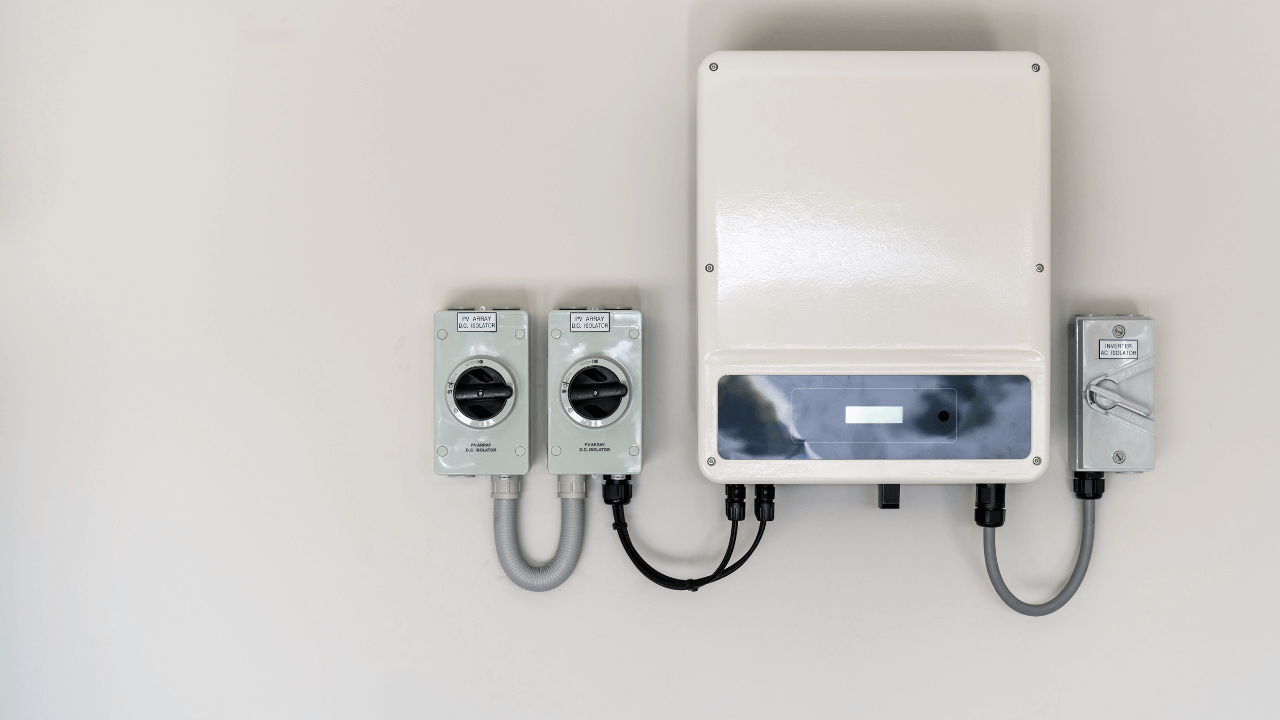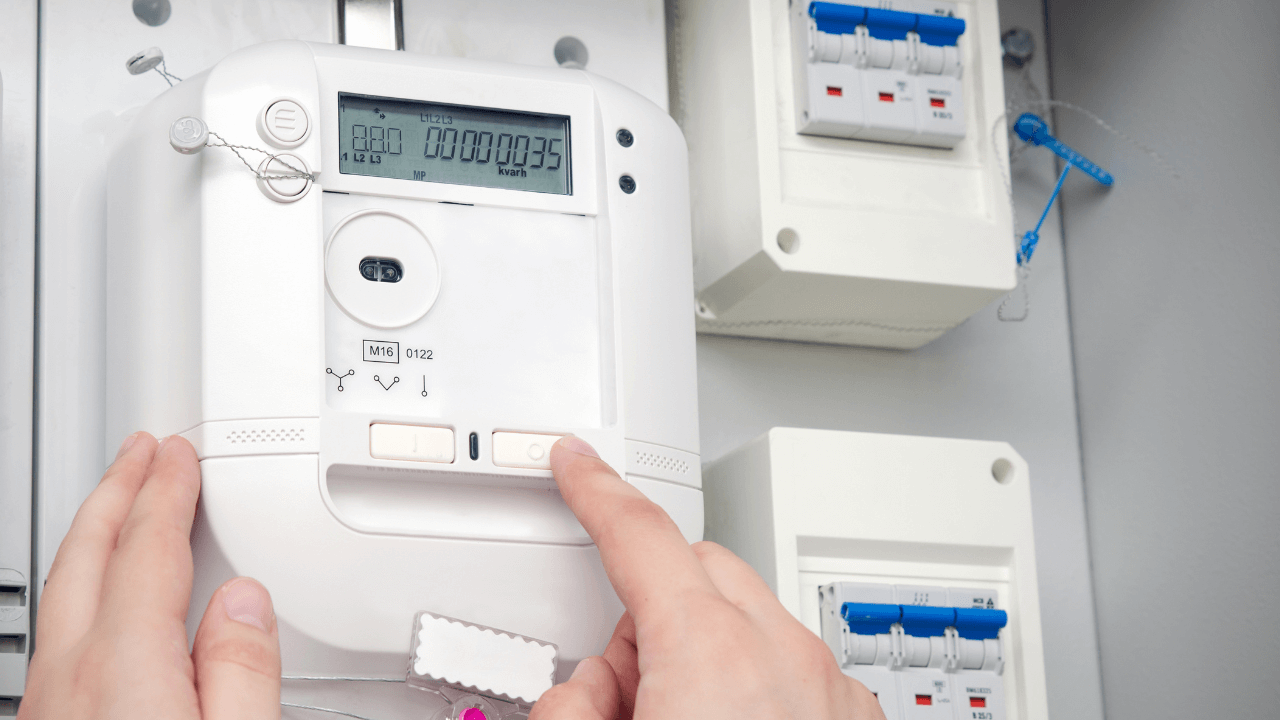Energy efficiency means using less energy to get the same results. It’s about being smart with how we use power in our homes, buildings, and factories. When you switch to LED light bulbs or buy a new fridge that uses less electricity, you’re practicing energy efficiency.
Energy efficiency can save you money on your bills and help the environment. By using less energy, you reduce the need for power plants to burn fossil fuels. This cuts down on pollution and greenhouse gases. It’s a win-win for your wallet and the planet.
What Is Energy Efficiency?
Energy efficiency means using less energy to get the same results. It’s about being smart with how you use energy. You can think of it as getting more bang for your buck when it comes to power.
When you use energy-efficient appliances or practices, you’re doing the same tasks but with less energy input. This can apply to many areas of your life.
For example, energy-efficient light bulbs give you the same amount of light as regular ones, but they use less electricity. This saves you money on your power bill.

There is an international focus on a target to double the average annual rate of global energy efficiency improvements between now and 2030.
Source: International Energy Agency
Energy efficiency isn’t just about using less energy. It’s also about reducing waste. When you’re energy-efficient, you’re not letting power go to waste.
The Benefits of Energy Efficiency

Energy efficiency offers many advantages for people, businesses, and the planet. It can put money back in your pocket while helping tackle climate change.
Cost Savings
Industries and companies can achieve significant cost savings by adopting energy-efficient practices. On average, energy-efficient industrial equipment and practices can reduce energy consumption by 20-30%, leading to substantial reductions in utility bills.
Energy-efficient lighting systems, such as LED fixtures, can also provide significant savings. A large commercial facility that replaces outdated lighting with LEDs can save approximately $20,000 per year in energy costs.
Enhance Business Competitiveness
Energy efficiency gives businesses an edge. It lowers operating costs and boosts profits. Companies can then invest those savings in growth or new products.
Efficient buildings also create better work environments. This can increase employee productivity and satisfaction.
Energy-saving upgrades often pay for themselves quickly. The financial benefits of efficient buildings yield a 4-to-1 return on investment.
Customers also prefer eco-friendly companies. Being energy efficient can improve your brand image and attract new clients.
Address Climate Change
Using less energy means burning fewer fossil fuels. This cuts greenhouse gas emissions that cause climate change. Buildings use about 40% of energy in the U.S. Making them more efficient has a big impact on emissions.
Energy efficiency is one of the fastest and cheapest ways to fight climate change. It can provide over 40% of the emissions cuts needed to meet global climate goals.
Reach Net-Zero Emissions
Energy efficiency is key to reaching net-zero emissions. It makes the shift to clean energy easier and cheaper.
By using less energy, we need less renewable power to cover our needs. This speeds up the transition away from fossil fuels.
Efficient buildings and appliances also work better with renewable energy systems. They reduce peak demand and the need for energy storage.
Reduce Load On The Electric Grid
Energy efficiency eases the strain on power grids. This helps prevent blackouts during peak times.
It also reduces the need for new power plants and transmission lines. This saves money and protects land from development.
How Different Industries Are Utilizing Energy Efficiency To Their Benefit
Many industries are finding ways to save energy and money through efficiency measures. These practices help businesses cut costs and reduce their environmental impact.
- Agriculture
- Manufacturing
- Education
- Hospitality
- Transportation
- Utilities
- Healthcare
- Information Technology (IT)
- Retail
Agriculture
You can see energy efficiency in action on farms across the country. Farmers are using LED lighting in barns and facilities to cut electricity use.
More efficient irrigation systems help conserve water and energy. Some farms have installed solar panels or wind turbines to generate their own clean power.
Precision agriculture techniques let farmers use GPS and sensors to apply just the right amount of water, fertilizer, and pesticides. This saves resources and energy. Energy-efficient greenhouses use special coatings and designs to retain heat.
Manufacturing
In factories, you’ll find energy-saving motors and drives on production lines. These use less power to run machines. Smart sensors and controls help manage energy use across facilities. Some plants recover waste heat from industrial processes to generate electricity or heat other areas.
Energy-efficient furnaces and boilers cut fuel use in many industries. Improved insulation on pipes and equipment prevents heat loss. Some manufacturers have switched to cleaner fuel sources like natural gas or biomass.
Education
Schools and universities are going green with energy-efficient upgrades. You’ll see LED lighting in classrooms and hallways. Better insulation and windows help maintain comfortable temperatures. Some campuses have installed solar panels on rooftops or parking structures.
Energy management systems let staff control heating and cooling remotely. This saves energy when buildings are empty. Some schools use geothermal systems for heating and cooling. These tap into steady underground temperatures.
Hospitality
Hotels are finding many ways to save energy. Key card systems turn off lights and AC when guests leave rooms. Energy-efficient appliances and fixtures cut power use. Some hotels have switched to on-demand water heating to avoid wasting energy.
You might see smart thermostats in hotel rooms that adjust based on occupancy. LED lighting is common in lobbies and hallways. Some hotels use energy management systems to track and reduce power use across their properties.
Transportation
The transport sector is working to improve fuel efficiency. You’ll find hybrid and electric vehicles in many fleets. More efficient engines and aerodynamic designs help vehicles use less fuel. Some companies use route planning software to cut down on wasted miles.
Public transit systems are using electric and hybrid buses. You might see regenerative braking on trains and buses that captures energy from braking. Some airports have installed solar panels or use electric vehicles for ground operations.
Utilities
Power companies are using smart grid tech to manage energy more efficiently. You might have a smart meter at home or business that helps track power use. Some utilities offer time-of-use rates to encourage off-peak energy use.
More efficient power plants help cut fuel use and emissions. You’ll see more renewable energy sources like wind and solar in the power mix. Some utilities use energy storage to balance supply and demand.
Healthcare
Hospitals are big energy users, but they’re finding ways to cut back. You’ll see LED lighting in patient rooms and hallways. More efficient HVAC systems help control air quality while saving energy. Some hospitals use combined heat and power systems to generate electricity and useful heat.
Energy-efficient medical equipment helps cut power use. Better building insulation and windows reduce heating and cooling needs. Some healthcare facilities have installed on-site renewable energy like solar panels.
Information Technology (IT)
Data centers use a lot of power, but new designs are more efficient. You’ll find better cooling systems that use less energy. More efficient servers and storage devices cut power needs. Some data centers use AI to manage cooling and power use.
Cloud computing can be more energy-efficient than on-site servers. You might see data centers located in cooler climates to reduce cooling needs. Some IT companies use renewable energy to power their facilities.
Retail
Stores are saving energy with LED lighting and better HVAC systems. You’ll see more efficient refrigeration in grocery stores. Some retailers use energy management systems to control lighting and temperature across multiple locations.
More efficient point-of-sale systems and other equipment help cut power use. Some stores have installed solar panels on rooftops or in parking lots. You might see green building designs in new retail construction.
Detailed Real-world Example Of Energy Efficiency
Ingersoll Rand provides an excellent example of how energy efficiency can significantly benefit a company.
Through a comprehensive energy audit model, Ingersoll Rand discovered substantial hidden savings and implemented a three-tiered energy audit process to optimize their energy use.
This approach not only identified areas for immediate energy reduction but also helped in planning long-term energy-saving measures.
Key Initiatives and Outcomes:
- Three-Tiered Energy Audit Model: This model included basic energy audits, detailed audits, and continuous monitoring, allowing the company to systematically uncover inefficiencies and prioritize improvements.
- Compressed Air System Optimization: One of the significant areas of savings was in optimizing their compressed air systems, leading to substantial reductions in energy consumption.
- Implementation of Energy Efficiency Measures: By addressing the findings from their audits, Ingersoll Rand was able to implement energy-saving technologies and practices across their facilities, resulting in significant cost savings.
Financial Impact:
- The energy efficiency measures helped Ingersoll Rand achieve annual savings of approximately $700,000. This not only reduced their operating costs but also improved their overall energy efficiency, contributing to their sustainability goals.
Broader Benefits:
- Improved reliability and performance of energy systems.
- Enhanced ability to meet regulatory compliance and sustainability targets.
- Increased awareness and engagement in energy efficiency across the organization.
Ingersoll Rand’s success showcases how a structured approach to energy asset management can lead to substantial financial savings and operational improvements. By continuously monitoring and optimizing their energy use, companies can achieve significant benefits, similar to Ingersoll Rand’s experience.
SalTec’s Software For Energy Management
Saltec’s energy management software is designed to help organizations optimize their energy usage and enhance the efficiency of their power systems. Key features of such software often include:
- Real-Time Monitoring: Continuous tracking of energy consumption across various assets to identify inefficiencies and opportunities for savings.
- Data Analytics: Advanced data analysis tools to interpret energy usage patterns and predict future consumption trends.
- Asset Management: Tools for managing and maintaining energy-related assets such as diesel generators, UPS systems, and transformers, ensuring they operate efficiently.
- Remote Management: Capabilities to monitor and control energy systems remotely, providing flexibility and convenience in managing energy assets.
- Reporting and Compliance: Automated reporting features to ensure compliance with regulatory requirements and provide insights into energy performance.
- Alerts and Notifications: Real-time alerts for any anomalies or issues detected in the energy systems, allowing for quick response and resolution.
- Integration with IoT Devices: Compatibility with various IoT devices and sensors to gather comprehensive data from different parts of the energy infrastructure.
- Sustainability Tracking: Tools to track and enhance sustainability efforts by reducing energy waste and increasing the use of renewable energy sources.
Conclusion
Energy efficiency is a powerful tool to reduce energy use and costs. By using less energy to get the same results, you can save money on utility bills. You’ll also help the environment by lowering emissions.
Simple changes can make a big difference. Switching to LED light bulbs and turning off devices when not in use are easy first steps. Upgrading to more efficient appliances can lead to even bigger savings over time.
Businesses can benefit from energy efficiency too. Improving industrial processes and buildings can cut operating costs. This makes companies more competitive and profitable.
Governments play a key role in promoting efficiency. Policies like building codes and appliance standards help drive progress. Incentives for efficient products also encourage adoption.
Energy efficiency creates jobs in areas like construction and manufacturing. It boosts economic growth while reducing environmental impact. By embracing efficiency, you can help build a more sustainable future.



